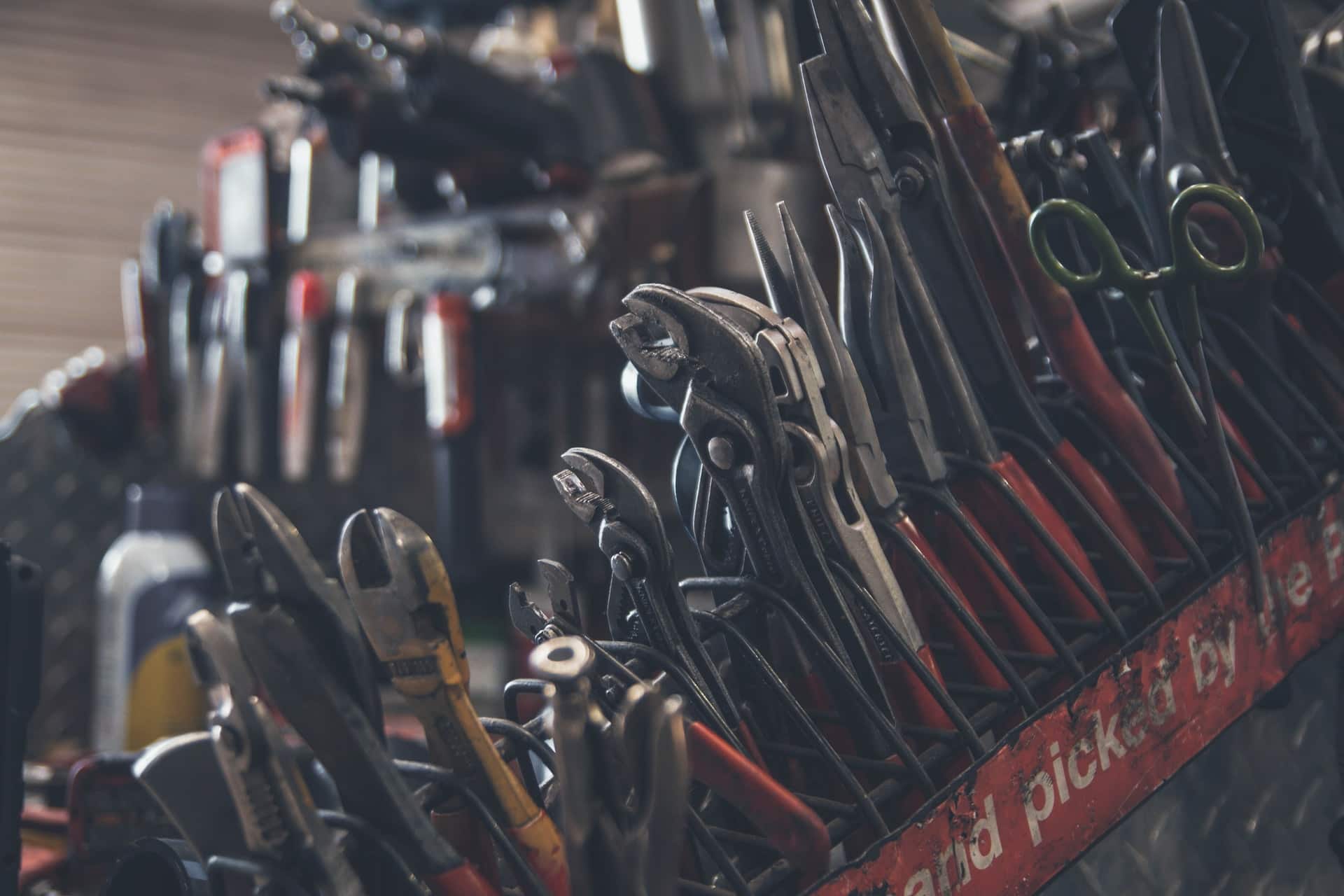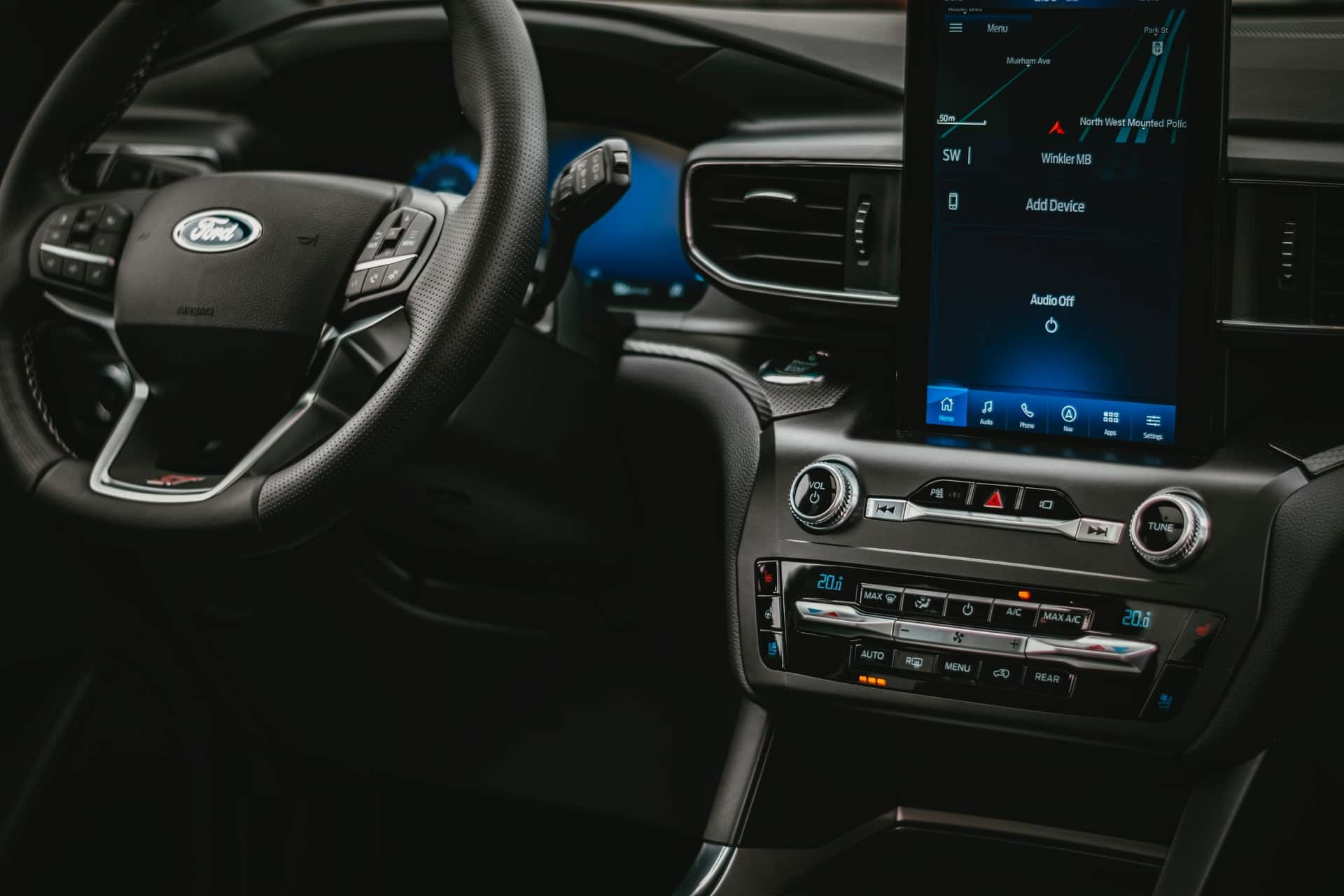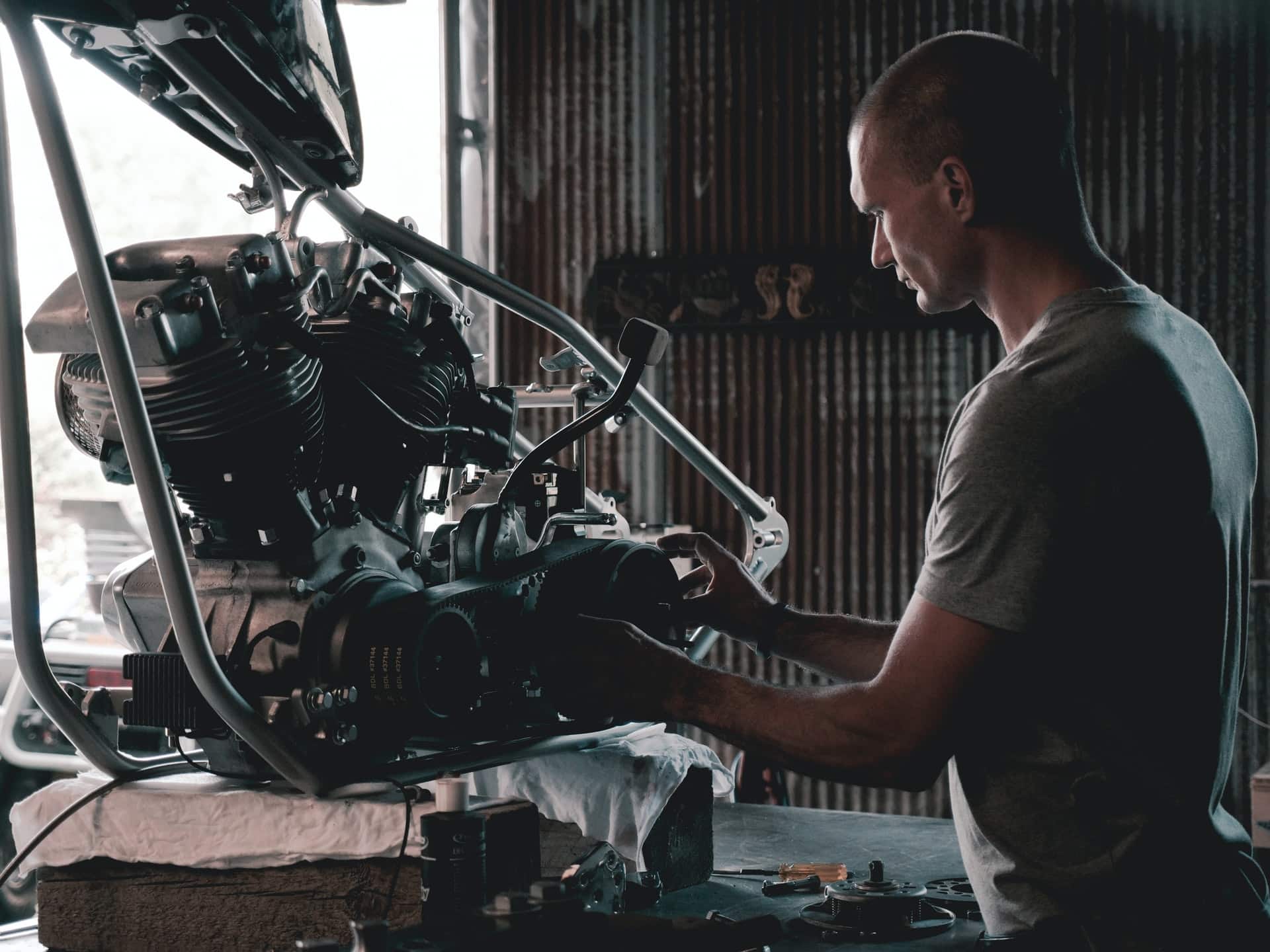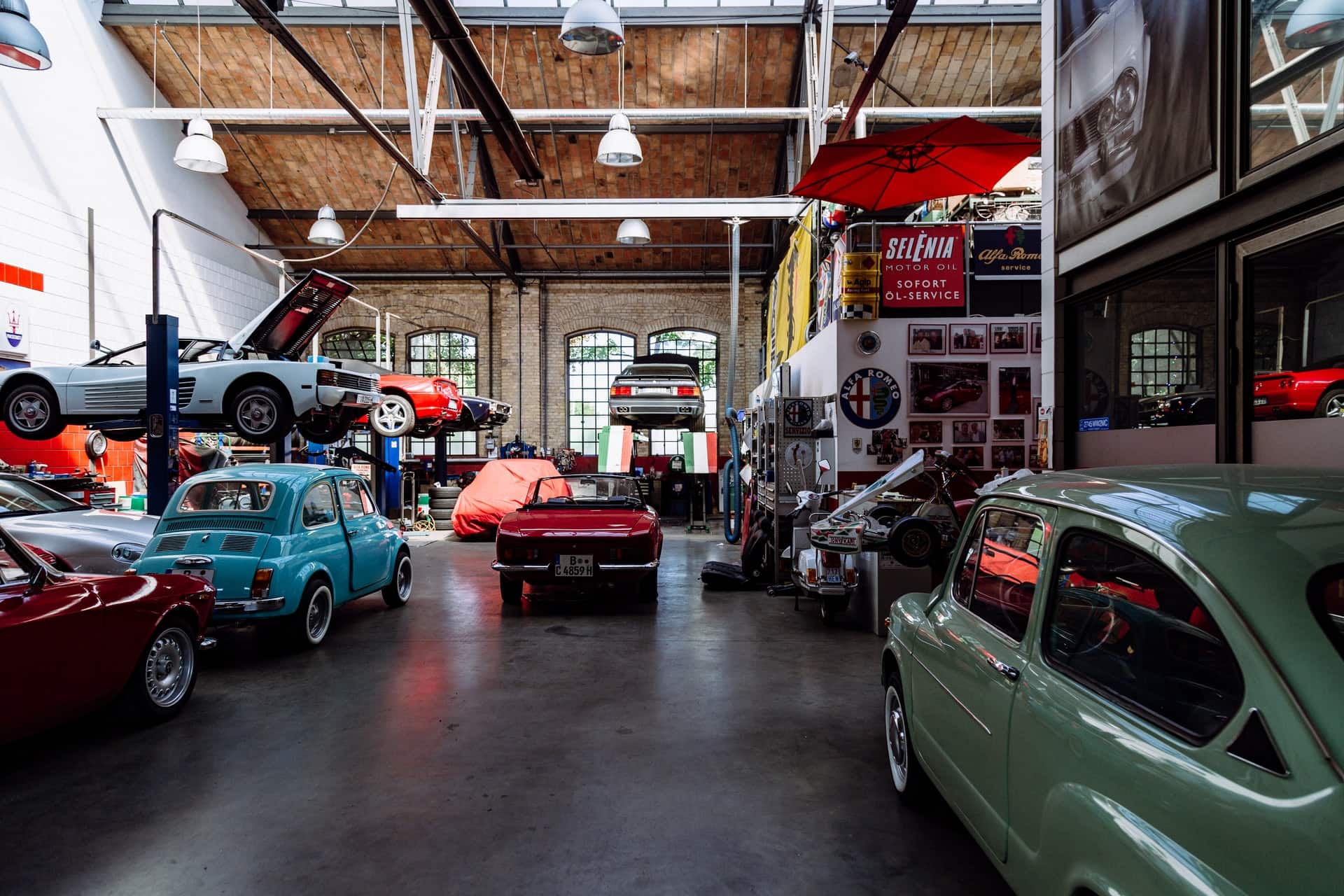
Knowing what goes into a transmission rebuild is to your advantage, whether a well-trained mechanic is doing it for you or you are handling it on your own. This knowledge is crucial as you will know precisely how much the exercise will cost you as well as the entire mechanism behind it. A vehicle’s transmission is an essential – and major – part of the vehicle’s overall function. This means that it must always be in excellent condition at all times.
However, just like any mechanical device, your transmission may start showing signs of failing, and there may be a need to rebuild the gear mechanism. Rebuilding a transmission is a kind of transmission repair. In most transmission problems, the solution is fairly simple: replace the solenoid pack with a new one or change the transmission fluid. However, not all transmission jobs can be done within minutes. If your vehicle’s transmission has a major problem, it may call for a rebuild. But what exactly goes into a transmission rebuild, you ask? This is what you are about to find out.
Transmission Repairs
A transmission rebuild is only one of several types of fixing a vehicle transmission. This type of transmission repair may not be done often, but whenever it is carried out, it usually takes a lot of time due to the level of involvement it has. Rebuilding a transmission doesn’t necessarily take care of every problem the gear mechanism has. Many issues that ail a vehicle transmission do not require in-depth repairs, as mentioned earlier. A transmission rebuild is only necessary when no expert or professional mechanic can accurately identify the cause of the problem. If the damage is so severe, the only way out is to rebuild the transmission. Telltale signs that you need to overhaul your transmission or rebuild it are as follows:
- Stepping on the accelerator pedal and hearing the unpleasant and loud noise it makes.
- The leaking of the transmission fluid.
- Noticing an odd or burning smell emanating from the vehicle engine while you are in motion.
Without these major reasons, a transmission rebuild is mostly unnecessary or uncalled for. So, what happens if you – or the professional mechanic handling the repairs – cannot readily identify the problem causing your vehicle transmission to fail?
Transmission Rebuilds
The first thing to do is to uninstall the transmission from the body of your vehicle completely. To do this successfully, you have to remove the engine block entirely from your vehicle. This is crucial, especially if you or the mechanic cannot readily assess the area believed to be the cause of the problem. The only way to gain access to such areas is to remove the transmission from the automobile. Then, replace the problematic part and install the transmission in your vehicle. But if the problem persists, the only option is a complete transmission rebuild. You have two options when you have no choice but to rebuild your transmission:
- Remove the transmission from your vehicle, rebuild it, and put it back in your automobile.
- Replace your vehicle transmission with another re-manufactured or rebuilt unit. But this option is not often the best as used transmissions’ histories are open to doubt and may end up creating myriads of new issues.
Most new transmissions are aftermarket options – with new parts – and are often rebuilt transmissions billed as new. Transmission rebuild has to do with the complete removal and disassembling of the transmission unit. The mechanic will need to carefully inspect every component or part for damage or signs of wear. Each part devoid of any issues is carefully cleaned using a dedicated cleaning solution or replaced with a newer component if found defective. Clutches, bands, and other parts with friction surfaces may require replacement as well as gaskets and seals.
The torque converter needs to be checked, but in most cases, the transmission is replaced with a re-manufactured one. The mechanic will also need to check several technical service bulletins in order to find out if the auto manufacturer that made your vehicle recommends modifications that can be used in correcting design flaws that were detected after rebuilding the transmission. From time to time, some automobile manufacturers make upgrade kits that anyone can purchase from transmission shops in order to resolve design defects that technicians may come across when fixing a transmission.
Transmission Overhauls
If you have heard of transmission overhauls before now, you probably wonder if there is a difference between a transmission overhaul and a transmission rebuild. The straight and simple answer is that transmission rebuild is transmission overhaul. In other words, the term ‘transmission overhaul’ means the same thing as a transmission rebuild, and can be used interchangeably.
How Long Does a Transmission Rebuild Take?
As mentioned briefly earlier, transmission rebuild is not really a standard service procedure. This implies that it takes much more time than a procedure such as replacing your vehicle tires or changing the engine oil. A transmission rebuild is a complex undertaking that requires a professional’s in-depth technical knowledge and know-how as well as the right tools. The complexity of the problem plaguing your vehicle transmission will determine the duration of a transmission rebuild.
Moreover, it also depends significantly on the mechanic or technician handling the transmission rebuild. If this is the mechanic’s first time handling transmission rebuild, the entire process may take longer than it should. But an experienced mechanic can handle the problem within a few days, i.e., 3-4 days. Once again, it depends on how complicated the issue is. Taking care of your transmission problem as early as possible is crucial. It will save you a lot of your money and minimize the time to rebuild the transmission.
Conclusion
A transmission rebuild is a precise undertaking that can take several days to complete. But the good news is that whatever problem your vehicle transmission is exhibiting, a major overhaul or rebuilding of the gear mechanism will address the issue squarely. Moreover, this process also increases the lifespan of your vehicle transmission. This means that you may have no reason to get a new or refurbished transmission for many years to come.


